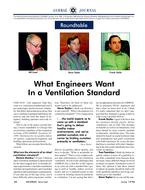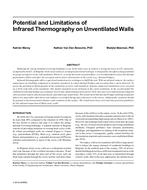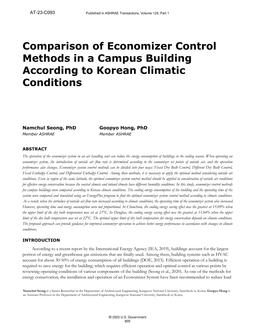Click here to purchase
Cooking has been identified as a major source of contaminants of concern for health in residential buildings. Cooking pollutants can be significantlyreduced by using range hoods that exhaust to outside, and range hoods are required in Indoor Air Qaulity standards, such as ASHRAE 62.2. However, previous field and laboratory studies have shown that the capture efficiency of range hoods varies widely even at the same air flow. Currentlythere is no way for standard developers, designers or installers to specify better capture efficiency. Over the past couple of years LBNL has been conductinglaboratory experiments to develop a test method to determine capture efficiency for residential range hoods so that they can be tested and labeled. This testmethod development has been performed in collaboration with a wide range of constituents, including range hood manufacturers, via the development of anASTM test method based on the LBNL research. This paper will summarize previous capture efficiency experiments and describe the tracergas basedtest method that has been developed. This includes the laboratory testing procedures and test results for several range hoods. In the development of the testmethod the laboratory experiments included investigations of spatial and temporal variability in tracer gas concentrations. These were used to developuncertainty analyses for the proposed test method that will be also be presented.
Citation: ASHRAE and AIVC IAQ 2016 Conf
Product Details
- Published:
- 2016
- Number of Pages:
- 8
- Units of Measure:
- Dual
- File Size:
- 1 file , 880 KB
- Product Code(s):
- D-2016IAQ-39


